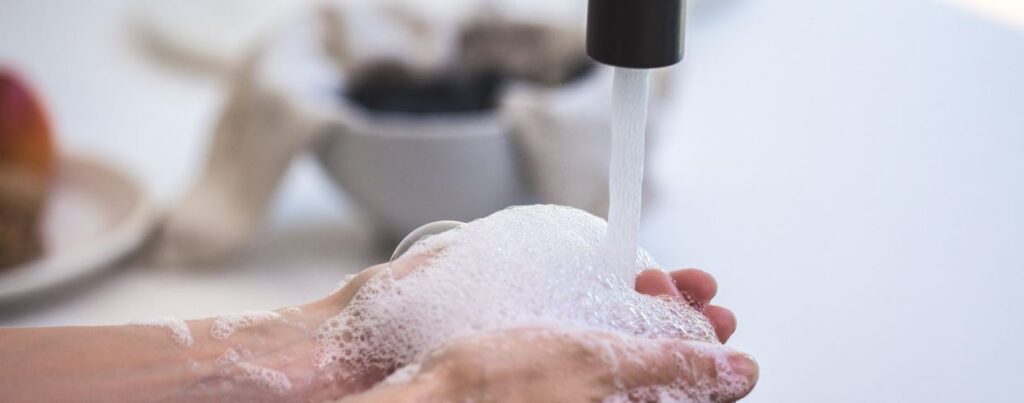A great article from the US Dept. of Agriculture states that Spring has long been the year for annual cleaning projects around our homes. However, regarding safe food handling, everything that comes in contact with food must be kept clean all year.
Food that is mishandled can lead to foodborne illness. While the United States has one of the safest food supplies in the world, preventing foodborne illness remains a major public health challenge. Preventing foodborne illness by following these four easy steps: Clean, Separate, Cook, and Chill.
- Clean: Wash hands and surfaces often.
- Separate: Don’t cross-contaminate.
- Cook: Cook to proper temperatures.
- Chill: Refrigerate promptly.
Cleanliness is a major factor in preventing foodborne illness. Even with food safety inspection and monitoring at Federal, State, and local government facilities, the consumer’s role is to ensure food is handled safely after purchasing it. Everything that touches food should be clean. Listed below are steps we can take to help prevent foodborne illness by safely handling food in the home:
- Wash hands with warm, soapy water for 20 seconds:
- before and after handling food
- after using the bathroom
- after changing a diaper
- after handling pets
- after tending to a sick person
- after blowing your nose, coughing, or sneezing
- after handling uncooked eggs, raw meat, poultry, or fish and their juices.
- Always use clean disposable gloves if your hands have any kind of skin abrasion or infection. Wash hands (gloved or not) with warm, soapy water.
- Thoroughly wash with hot, soapy water all surfaces that come in contact with raw meat, poultry, fish, and eggs before moving on to the next step in food preparation. Consider using paper towels to clean kitchen surfaces. If you use dishcloths, wash them often in the hot cycle of your washing machine. Keep other surfaces, such as faucets and countertops, clean by washing with hot, soapy water.
- To keep cutting boards clean, wash them in hot, soapy water after each use; then rinse and air or pat dry with clean paper towels. Cutting boards can be sanitized with a solution of 1 tablespoon of unscented, liquid chlorine bleach per gallon of water. Flood the surface with the bleach solution and allow it to stand for several minutes; then rinse and air or pat dry with clean paper towels.
Non-porous acrylic, plastic, glass, and solid wood boards can be washed in a dishwasher (laminated boards may crack and split). Even plastic boards wear out over time. Once cutting boards become excessively worn or develop hard-to-clean grooves, replace them.
For more information, please visit their website by going to https://www.fsis.usda.gov/food-safety/safe-food-handling-and-preparation/food-safety-basics/cleanliness-helps-prevent
